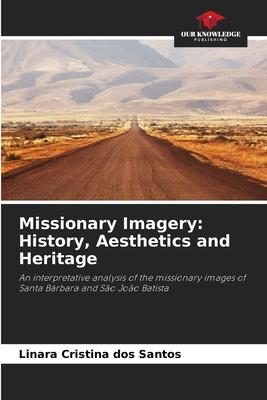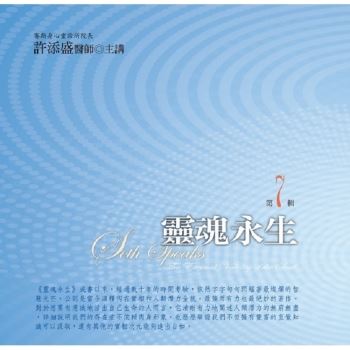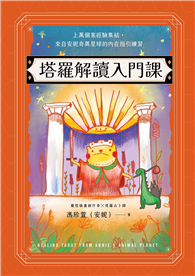This paper analyzes the missionary imagery remaining in the municipality of Santa Bárbara do Sul, RS, Brazil, in the areas of history, aesthetics and heritage. These sculptural representations and their trajectories allude to historical processes that make up the dynamics of the dispersion of the remnants of material culture from the Eastern Missions of Uruguay - known as the Seven Peoples. Aesthetically, these images are representative of the indigenous intervention in the imaginary, introduced by the Jesuits, and of the cultural amalgam that was the missionary experience. By analyzing the aesthetic elements and attributes that accompany the images, their missionary origin was verified. Finally, there has been a significant change in the meanings attributed to the images. Nowadays, they are undergoing a process of patrimonialization to the detriment of their religious value.
| FindBook |
有 1 項符合
Missionary Imagery: History, Aesthetics and Heritage的圖書 |
 |
Missionary Imagery: History, Aesthetics and Heritage 作者:Dos Santos 出版社:Our Knowledge Publishing 出版日期:2024-04-02 語言:英文 規格:平裝 / 136頁 / 22.86 x 15.24 x 0.81 cm / 普通級/ 初版 |
| 圖書館借閱 |
| 國家圖書館 | 全國圖書書目資訊網 | 國立公共資訊圖書館 | 電子書服務平台 | MetaCat 跨館整合查詢 |
| 臺北市立圖書館 | 新北市立圖書館 | 基隆市公共圖書館 | 桃園市立圖書館 | 新竹縣公共圖書館 |
| 苗栗縣立圖書館 | 臺中市立圖書館 | 彰化縣公共圖書館 | 南投縣文化局 | 雲林縣公共圖書館 |
| 嘉義縣圖書館 | 臺南市立圖書館 | 高雄市立圖書館 | 屏東縣公共圖書館 | 宜蘭縣公共圖書館 |
| 花蓮縣文化局 | 臺東縣文化處 |
|
|
圖書介紹 - 資料來源:博客來 評分:
圖書名稱:Missionary Imagery: History, Aesthetics and Heritage
|










